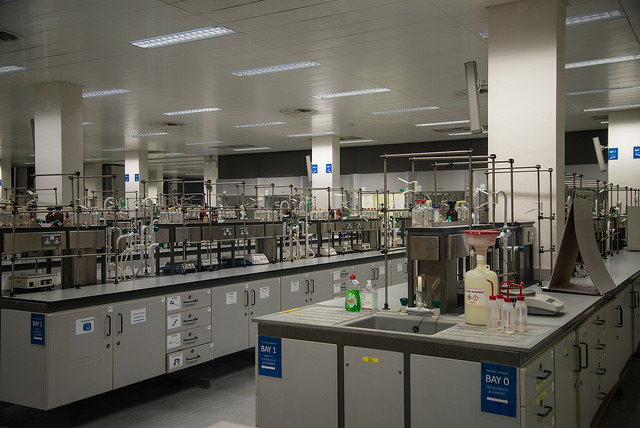
Monday night saw faculty members and students come together in an open event dedicated to Trinity women in science. The event, organised by DU General Science Society, aimed to bring women studying and working in science to come together and celebrate their achievements in honour of International Women’s Week the week before.
In the weeks leading up to the event, students were invited to nominate female lecturers that they felt inspired by, and the nominees were then invited for the evening to mix with the students who had nominated them. This offered a unique opportunity for students to mingle with their lecturers , enquire about their work and solicit career advice from women in their potential future field. The female guests represented a diverse range of fields within science, this consisted of Prof Clíona O’Farrelly, Dr Mary Bourke, Prof Louise Bradley, Dr Áine Kelly, Dr Glynis Robinson, Dr Joan Geoghegan, Prof Celia Holland, Prof Marina Lynch, Dr Rachel Evans, Prof Nicola Marples, Dr Kim Roberts and Dr Jean Fletcher, who are leaders in the fields of immunology, geography, nanoscience, physiology, biochemistry, microbiology, zoology, neuroscience and chemistry.
The event also saw a speaker from Women in Technology and Science, Mary Carroll who discussed challenges women in the science sector face and ways that organisations can counteract implicit bias they may have towards women.
Women in Technology and Science was set up in 1990 with the vision of supporting women in STEM fields to reach their full potential and encouraging women to consider STEM careers.
Carroll began the talk by introducing the concept of “unconscious bias” with the analogy that in the US population about 14.5 per cent of men are six foot or taller, but that among the CEOs of Fortune 500 companies that number is 58 per cent. This raises the point that during selection of management positions, an unconscious preference exists towards those of a taller stature. Similarly with women, people may make gender-biased decisions without being aware that they are doing so. Carroll outlined her role in informing organisations when and how this happens and what they can do to counteract it.
She referenced a Harvard study about “the implicit bias test” that found that people are 75 per cent faster at associating males with science and females with liberal arts. She also noted how research has consistently found that effective leadership is perceived as characterised by traits similar to those associated with masculine gender roles.
When men demonstrate these traits it’s deemed “assertive” and “ambitious”, but similar characteristics in a female can be taken as “pushy” or “aggressive”. She outlined the standards set by society that tend to judge men by their potential to achieve, but women by their performance: what they have already achieved. She outlined a study on gender bias among STEM faculty, where a fictitious CV was created for a lab manager position, half with the name Jennifer and half with the name John, and sent to STEM professors across the country for assessment. The results found that although the two CVs had identical qualification and experience, Jennifer was viewed as significantly less competent.
The impact of motherhood on career opportunities was also raised. Carroll said she found that while organisations may not intend to, assumptions such as whether women with children can travel for their job are often made, and opportunities are thus passed to others.
The effect of low representation in STEM was also discussed. This is known as the “stereotype threat” where negative stereotypes have been shown to interfere with working memory capacity. This can manifest itself into a self-fulfilling prophecy where if women are in a minority they feel under pressure to represent their gender, which can negatively impact their performance.
Overall, the take home message of the night was that when there is a lack of diversity in the workplace, in any sense, it results in organisations missing out on talent and insight.
An example Carroll gave of this was when YouTube’s developing team built the iOS app. Five to 10 per cent of videos were uploaded upside down as those who were left-handed recorded videos the opposite way around. The developing team were all right handed, and therefore built the iOS app without considering how left-handed people would use it. This is a prime example of how diversity provides perspective.
Carroll finished the talk by outlining steps that organisations and individuals can take to counteract implicit bias. On an individual level she recommended developing a self-awareness and working to support women in the workplace. She drolly gave the example of a meeting situation where a woman came up with an idea that wasn’t heard, and later a male comes out with the same idea that is met with applause. Simply saying “it’s great you liked Susan’s idea from earlier” acts can counteract this. From an organisation’s perspective, simply putting hiring criteria in place would prevent this shift in criteria from “potential” to “performance”.






